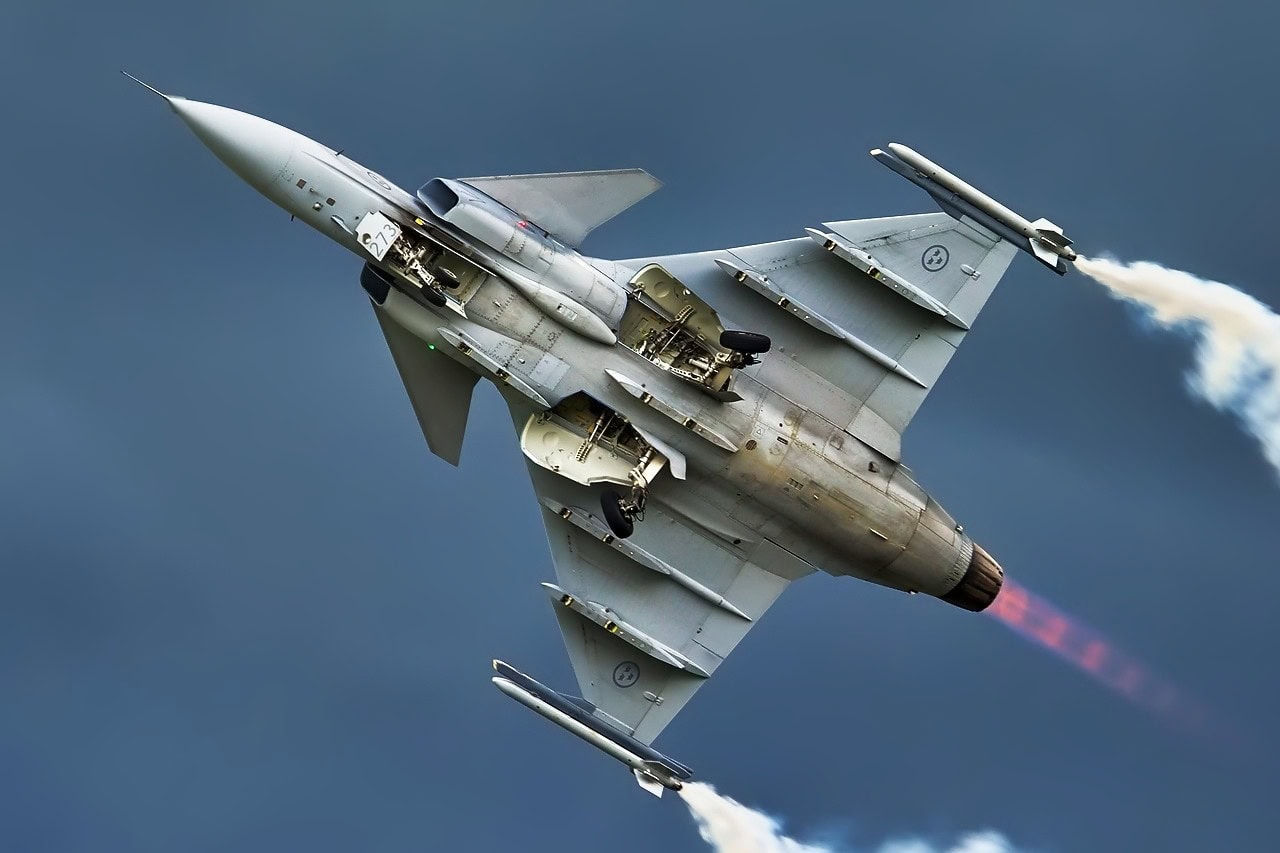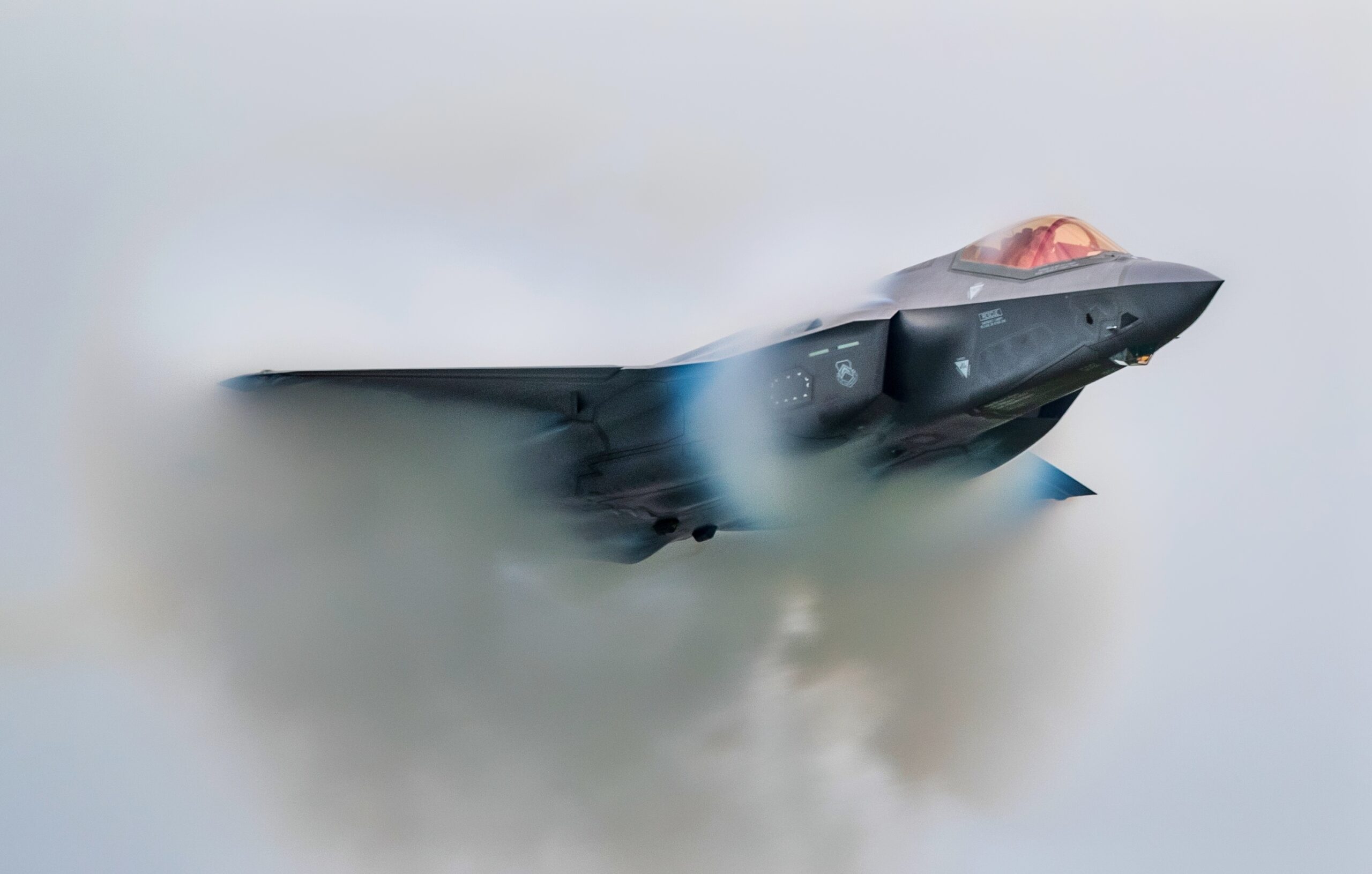Article Summary and Key Points: Canada is reconsidering its planned $13.2 billion purchase of F-35 fighters due to strained U.S. relations under Trump, rising tensions over tariffs, and defense budget pressures.
-Though Canada has already committed to purchasing 16 F-35s, new Prime Minister Mark Carney is evaluating alternatives, including Sweden’s Saab Gripen, to avoid full reliance on the expensive stealth fighter. Mixing aircraft types could increase logistical complexity and operational costs, but Canadian officials remain wary of continued U.S. unpredictability.
-This uncertainty underscores how diplomatic friction impacts major defense contracts, potentially reshaping long-standing military partnerships and affecting jobs and strategic cooperation within NATO.
Trump’s Tariffs and Insults Push Canada Away from F-35 Deal
Canadians have had it with the United States. Trump and members of his administration have referred to the Great White North as the 51st state too many times. The extra tariffs have been a pain. Canadians have even booed the American national anthem during hockey and basketball games. Now things are getting more serious.
Can the Americans Be Trusted?
Like at least one country, the Canadian government is reconsidering buying the F-35 Lightning II fighter from the United States.
Canada has ordered 88 of the stealth jets from Lockheed Martin. The northerners are wondering if Trump and America can be trusted as allies and partners. The Canadian military itself is struggling but it seems it could take its chances with another airplane that better fits its needs.
Taking Another Look at the F-35 Deal
Canada has a new prime minister, the liberal Mark Carney, who is wondering if the F-35 is worth it. Carney has ordered his minister of defense, Bill Blair, to “review” the F-35 deal. Carney believes the environment has “changed” due to the trade war and Trump comments disparaging the sovereignty of Canada.
In 2023, Canada made the order for 88 F-35s and the military has committed the funds to buy 16 of the Lightning IIs. The prime minister commanded the defense ministry to see if there are other options to pursue after the purchase of the first batch of 16 F-35s is consummated.
“To be clear, the F-35 contract has not been canceled, but we need to do our homework given the changing environment, and make sure that the contract in its current form is in the best interests of Canadians and the Canadian Armed Forces,” a ministry of defense spokesperson said to the Associated Press.
What If Canada Went with Swedish Fighter Planes Instead?
The deal for the 88 F-35s is immense and the biggest purchase of military hardware by the Canadians in 30 years. The contract is worth $13.2 billion. The F-35 was chosen over the Saab JAS 39 Gripen fighter from Sweden and the F/A-18 E/F Super Hornet from the United States – both fourth-generation fighters. The F-35 is a fifth-generation warplane that features strong multi-role stealth attributes, maneuverability, speed, and interoperability among NATO members.
Portugal Is Starting to Look Down Its Nose at F-35s
Portugal is another country that may be reconsidering its order for the F-35. At least one Portuguese politician has said that Trump is not “consistent” in his foreign policy and support for NATO. The Portuguese do not trust Trump for his wavering and unpredictable backing for Ukraine.
Like Portugal, Canada is having cold feet. The Canadians may just take on the 16 F-35s already paid for and cancel the rest. This would be a huge blow to Lockheed Martin and the U.S. security partnership with Canada. The two countries have been stalwart allies, although the United States has questioned Canada’s commitment to NATO as the country does not spend more than 2 percent of its GDP on the military making it a “free rider” on U.S. defense investments in the alliance.
Two Different New Fighter Planes Have Disadvantages
However, mixing and matching fighter planes can be disadvantageous. Let’s say the Canadians order both the F-35 and the Gripen. They would have to use alternative training centers and regimens for pilots. The airplanes would need different spare parts. There would be two kinds of technical manuals and separate hangars. The Canadians may trim the number of F-35s but not decide to purchase the Gripens.
Nevertheless, this decision-making calculus and the mere possibility of a sale excites the Swedes who are enjoying a renaissance in their defense industry. Any opportunity to sell more Gripens is good news for the Scandinavian country that is not known for its offensive military power and defense industrial base.

JAS 39 Gripen Fighter from Sweden.
This is another example of what I call “fighter plane diplomacy” which has been so successful for the Americans in prior years. Nineteen countries fly the F-35 or partner with the program in some way. Lockheed Martin has long been appreciative of all the international orders that create high-paying jobs and technological innovations that boost local economic development across the United States.
Fighter plane diplomacy could die unless the United States makes a better effort to smooth over differences. Stopping the practice of calling Canada the 51st state and curtailing tariffs could help, but the damage is done, and Canada may trim the number of F-35s it will buy.
This could hurt the number of jobs that the F-35 generates in the United States and harm the overall level of fighter plane diplomacy that countries such as Canada have entered into with enthusiasm in the past.
About the Author: Dr. Brent M. Eastwood
Brent M. Eastwood, PhD is the author of Don’t Turn Your Back On the World: a Conservative Foreign Policy and Humans, Machines, and Data: Future Trends in Warfare plus two other books. Brent was the founder and CEO of a tech firm that predicted world events using artificial intelligence. He served as a legislative fellow for U.S. Senator Tim Scott and advised the senator on defense and foreign policy issues. He has taught at American University, George Washington University, and George Mason University. Brent is a former U.S. Army Infantry officer. He can be followed on X @BMEastwood.

